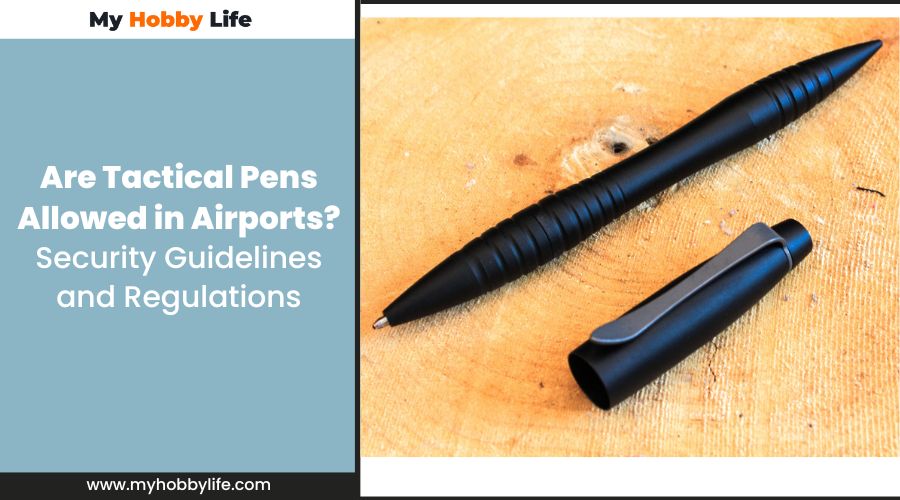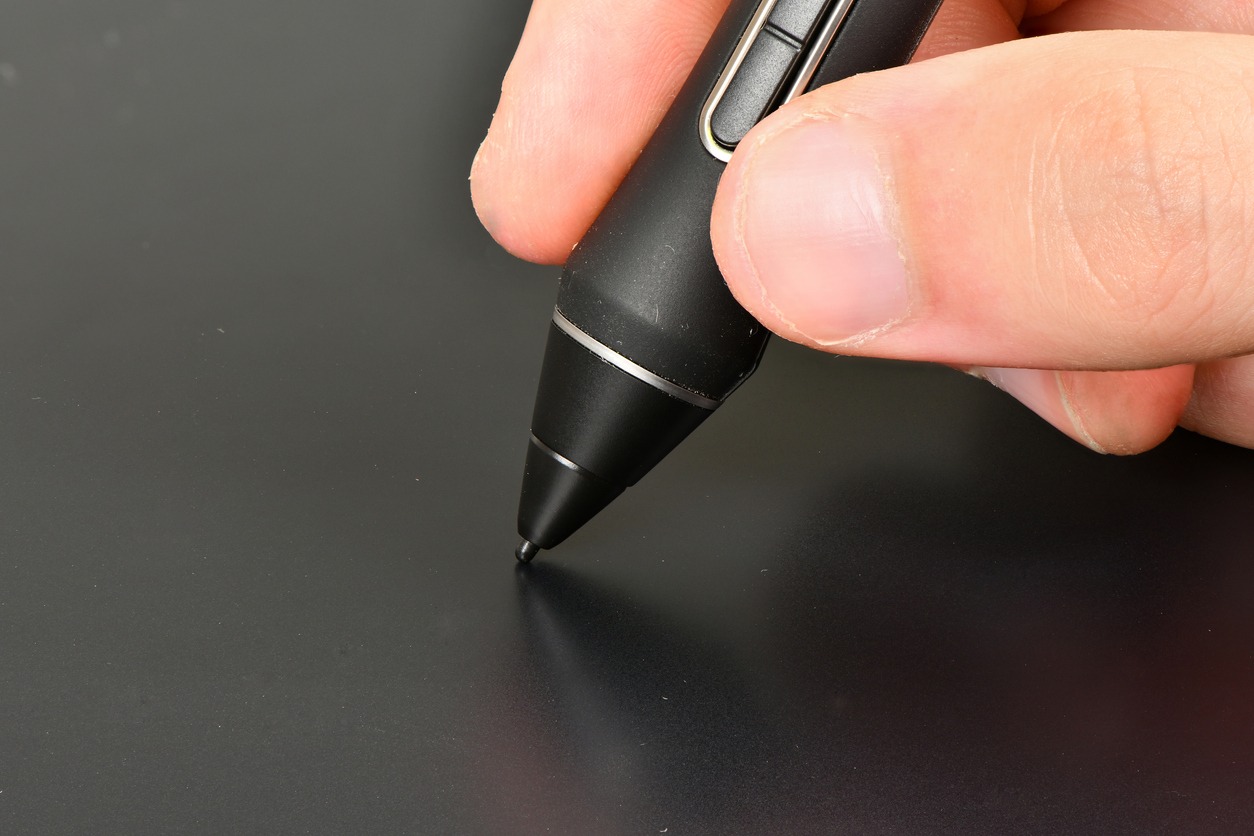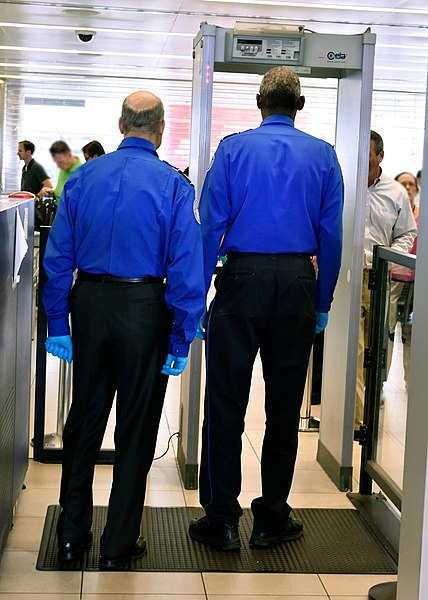Tactical pens often serve a dual purpose: as writing instruments and as tools for self-defense. Due to their sturdy build and potential use as a weapon, travelers often question their admissibility through airport security. The rules governing such items are set forth by the Transportation Security Administration (TSA), the authority responsible for the security of the traveling public in the United States.
At the airport, the TSA has clear regulations regarding what can and cannot pass through security checkpoints. According to TSA guidelines, tactical pens are not permitted in carry-on bags, but they can be transported in checked luggage. As a security measure, the TSA prohibits potential weapons from being brought into the aircraft cabin, and since tactical pens could be used to inflict harm, they fall under this category.
The final decision, however, rests with the TSA officer at the checkpoint. In practice, this means that while there is a general rule against tactical pens in carry-on luggage, individual officers may use their discretion. Passengers may find their experiences vary when traveling with such items in their checked bags due to the subjective nature of security assessments.
Understanding Tactical Pens
Tactical pens serve a dual purpose: as a writing instrument and self-defense tool. This section breaks down their design, contrasts them with standard pens, and details their features.
Definition and Purpose
A tactical pen typically resembles a normal pen but is designed as a multi-tool that includes a self-defense mechanism, often doubling as a glass breaker. These pens are usually constructed from robust materials like aluminum to withstand impact and pressure, reinforcing their capability as a defensive tool.
Comparison to Normal Writing Implements
Unlike normal pens, which focus on comfort and writing performance, tactical pens emphasize durability and functionality in stressful situations. Normal pens are made primarily from plastic or light metals and feature simple designs. In contrast, tactical pens are often heavier and configured for grip and impact resistance.
Features of a Tactical Pen
Tactical pens may include various features beyond the ink cartridge:
- Self-defense applications: A sturdy tip that can be used to apply force in a defensive scenario.
- Glass breaker: A pointed tip made of hardened material, frequently used in emergency situations to break glass.
The body of a tactical pen is often cylindrical and made from aircraft-grade aluminum for strength, and unlike a basic fountain pen, a tactical pen’s design is less about aesthetics and more about function and grip.
Legal Aspects and TSA Guidelines
When traveling by air, passengers must adhere to strict security regulations mandated by the Transportation Security Administration (TSA), especially regarding what items are permissible. This section explores the regulatory stance on tactical pens in airports, detailing TSA policies, global security standards, and potential penalties for violations.
TSA Regulations on Tactical Pens
TSA explicitly prohibits tactical pens in carry-on luggage. Tactical pens are treated as potential weapons and therefore are not permitted through airport security checkpoints in passengers’ carry-on bags. They can, however, be legally transported in checked baggage. The TSA website provides extensive guidelines on prohibited items, and the final decision rests with TSA agents on whether an item is allowed.
International Airport Security Standards
While TSA regulations apply within the United States, international airport security standards may vary. Most international airports adhere to similar strict guidelines, but passengers should consult the respective airport’s or country’s .gov or official airport security page via a secure https (hypertext transfer protocol secure) connection, to verify specific rules regarding the carriage of tactical pens and other self-defense items.
Consequences of Non-Compliance
Non-compliance with TSA guidelines can result in confiscation of the tactical pen, fines, or even legal action. TSA agents, who are responsible for security checkpoint operations, have the authority to enforce these regulations. If a tactical pen is discovered during security screening, it will likely be confiscated, and the traveler may face delays. Persistent non-compliance could lead to more serious repercussions. Therefore, it is essential to remain informed about TSA approved items and follow all posted airport security guidelines.
Travelers are advised to stay current with TSA policies by visiting the TSA website before traveling to ensure a smooth and compliant airport experience.
Traveling with Tactical Pens
When traveling with tactical pens, passengers need to be aware of the specific regulations regarding carry-on and checked luggage. Tactical pens are subject to scrutiny during airport security screenings, and interacting with TSA agents requires understanding and compliance with TSA rules.
Carry-On Luggage Restrictions
Tactical pens are generally not allowed in carry-on luggage due to their potential use as weapons. Transportation Security Administration (TSA) officers have the authority to disallow items that may pose a threat, and this includes tactical pens. If a tactical pen is detected by a metal detector or during the screening process, the TSA officer will likely confiscate it.
- Prohibited Items: Tactical pens in carry-ons.
- Allowed: Regular pens without tactical features.
Checked Luggage Procedures
In contrast to carry-on restrictions, passengers are permitted to pack tactical pens in their checked bags. It’s advisable for travelers to pack these items securely and to be aware of any additional airline policies that may affect the transportation of tactical pens.
- Checked Bags: Tactical pens are allowed.
- Packing: Securely store the pen to avoid damage or accidental activation.
Preparing for Airport Security Screening
Travelers should prepare for airport security screening by removing tactical pens from their carry-ons and placing them in checked luggage beforehand. Ensuring that all items comply with TSA security can expedite the process.
- Pre-Screening: Remove tactical pens from carry-ons.
- Compliance: Check TSA guidelines for updated information.
Interacting with TSA Agents
If approached by a TSA agent about a tactical pen in one’s possession, the traveler should respond politely and be prepared to transfer the item to checked luggage or relinquish it. Cooperation with TSA agents is crucial for a smooth security check experience.
- Communication: Be clear and respectful.
- Resolution: Be prepared to part with the pen if necessary.
Alternatives to Carrying Tactical Pens
Travelers looking for permissible writing tools and self-defense items can find practical alternatives to tactical pens. This section covers suitable substitutes to meet the needs of safety and writing without violating Transportation Security Administration (TSA) restrictions.
Choosing Non-Prohibited Writing Instruments
When selecting alternatives for writing instruments that comply with airport security, consider conventional pens, mechanical pencils, or colored pencils. Standard pens are allowed in both carry-on and checked luggage, offering a simple solution for writing needs during travel. Mechanical pencils and colored pencils can also be carried without issue, but travelers should remember that pencil sharpeners, if containing a blade, should be packed in checked bags.
Everyday Carry Items for Self-Defense
Travelers may carry certain items that can serve as effective self-defense tools while complying with TSA regulations. One such item is a tactical flashlight, which is typically permitted on flights and can be used to disorient an aggressor with a bright beam. Additionally, depending on their size and features, some everyday carry items like a sturdy pen, not designed as a tactical pen, could potentially be used for self-defense in an emergency. It is crucial, however, to ensure that these items are not explicitly designed as weapons, as they will be subject to TSA’s final discretion.
Tips for Safe and Secure Travel
When traveling, passengers must understand how to protect themselves while complying with security regulations. This involves recognizing permissible self-defense practices and maintaining acute awareness in busy airport environments.
Effective Self-Defense Practices
Travelers should prioritize knowing what self-defense tools are permitted by airport security. For instance, a tactical pen is typically considered a weapon and may not be allowed in carry-on baggage, yet can be packed in checked luggage. Regarding martial arts weapons, they are also prohibited in carry-on bags but may be included in checked bags, provided they follow the airline’s policies. It’s essential to check the specific airport and airline regulations prior to packing.
For personal safety without specific self-defense tools, travelers can:
- Stay physically aware: One can protect themselves by staying alert and aware of their surroundings.
- Take self-defense classes: Knowledge of basic moves from classes can prove beneficial during unexpected situations.
- Carry permissible items: Items such as a whistle or small flashlight can be helpful in drawing attention or navigating through low-light areas.
Travelers should remember that items like scissors must have blades less than 4 inches to be carried in a carry-on bag.
Awareness of Surroundings in the Airport
Throughout their journey, passengers should maintain a high level of vigilance. They must:
- Monitor their belongings: One’s personal items should always be within sight or securely stowed away.
- Stay alert in crowded areas: High traffic locations are often targets for theft or other crimes.
- Report suspicious activity: If one observes unattended bags or suspicious behavior, they should report it to airport security immediately.
By applying these practices, travelers can ensure a safer airport experience while adhering to Transportation Security Administration (TSA) guidelines.
Additional Information
In the context of navigating airport security with items of a tactical nature, it is vital for travelers to have current and accurate information regarding regulations. Detailed below are the specific channels and situations where passengers can obtain guidance on carrying tactical pens through checkpoints.
Contacting TSA for Clarifications
Passengers seeking definitive answers on whether they can travel with tactical pens should directly contact the Transportation Security Administration (TSA). TSA offers assistance through their Twitter handle @AskTSA, where travelers can post questions and receive timely responses. Queries can also be addressed via the TSA Contact Center or through its official website, where FAQs and detailed guidelines are readily available.
- Twitter: @AskTSA
- TSA Contact Center: Specific contact details can be found on the TSA’s official website.
Exemptions and Special Circumstances
While the TSA generally does not approve tactical pens for carry-on due to their potential threat, there may be exceptions for passengers traveling under special circumstances. For instance, individuals who require such items as part of their professional kit, such as law enforcement officers or military personnel, may be granted an exception upon verification of credentials. It is imperative for travelers to inquire about such exemptions before traveling, as the decision ultimately rests with the TSA officer at the checkpoint.
- Exemptions: May apply to law enforcement or military personnel.
- Verification: Valid identification and/or professional credentials must be presented.
Travelers should remember that even if they are traveling for a specific purpose, like school or business, these reasons do not inherently grant an exception to the regulations. Each case is evaluated by the TSA on an individual basis, taking into account the item in question and the context of the travel.
Frequently Asked Questions
Navigating the regulations surrounding tactical pens at airports can be confusing. This section will clarify some of the most common queries travelers have regarding the carriage of tactical pens.
What constitutes a TSA-approved self-defense pen?
A TSA-approved self-defense pen does not exist as the TSA does not provide approval for self-defense items. However, tactical pens are generally considered allowable in checked luggage, not in carry-on bags.
Can I legally carry a tactical pen on a plane?
Passengers are not permitted to carry tactical pens in their carry-on luggage. These items can be legally transported in checked baggage.
Are there specific restrictions on tactical pens in California airports?
Tactical pens are treated similarly to other self-defense items and must be placed in checked luggage. California airports follow the same TSA guidelines as all other states regarding the transportation of tactical pens.
Is it permissible to bring a tactical pen into a school environment?
The allowance of tactical pens in schools varies by district and state policies. Generally, they may be seen as weapons and not allowed on school premises.
How can a tactical pen be discreetly designed for everyday carry?
A discretely designed tactical pen typically resembles an ordinary pen and often features a robust construction without overtly weaponized elements. This makes them less conspicuous for everyday carry.
What types of self-defense tools are allowed in aircraft cabins?
Items explicitly designed for self-defense purposes, such as pepper spray or stun guns, are not allowed inside aircraft cabins. Authorities require these items to be transported in checked baggage with stipulated guidelines.




